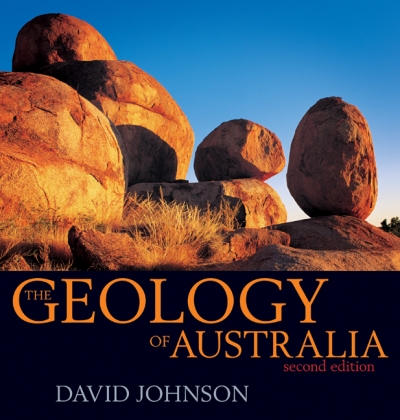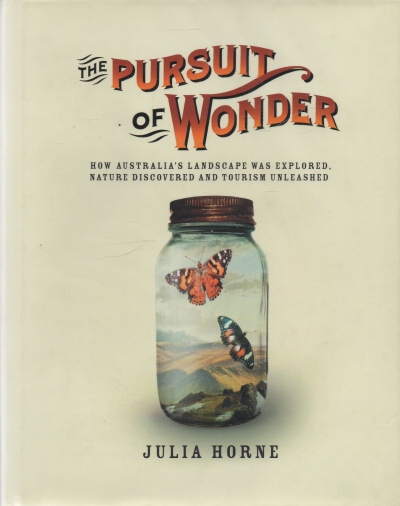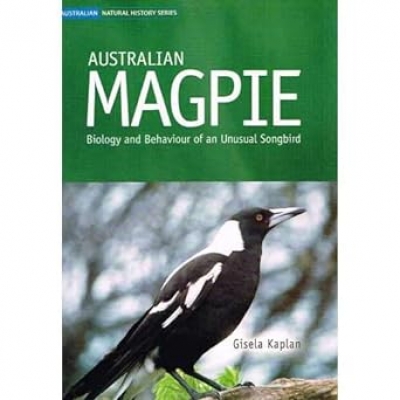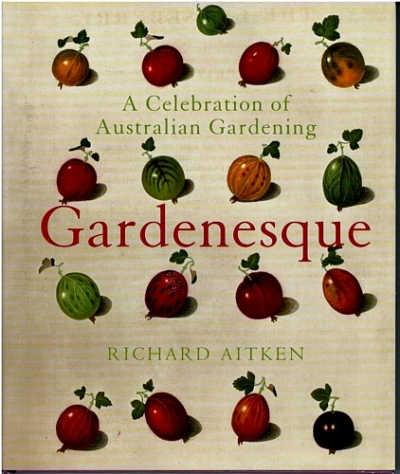Australian Nature
The Pursuit of Wonder: How Australia's landscape was explored, nature discovered and tourism unleashed by Julia Horne
by Delia Falconer •
Australian Magpie by Gisela Kaplan & Kookaburra by Sarah Legge
by Nick Drayson •
Gardenesque by Richard Aitken & The Oxford Companion to Australian Gardens edited by Richard Aitken and Michael Looker
by Paul de Serville •





